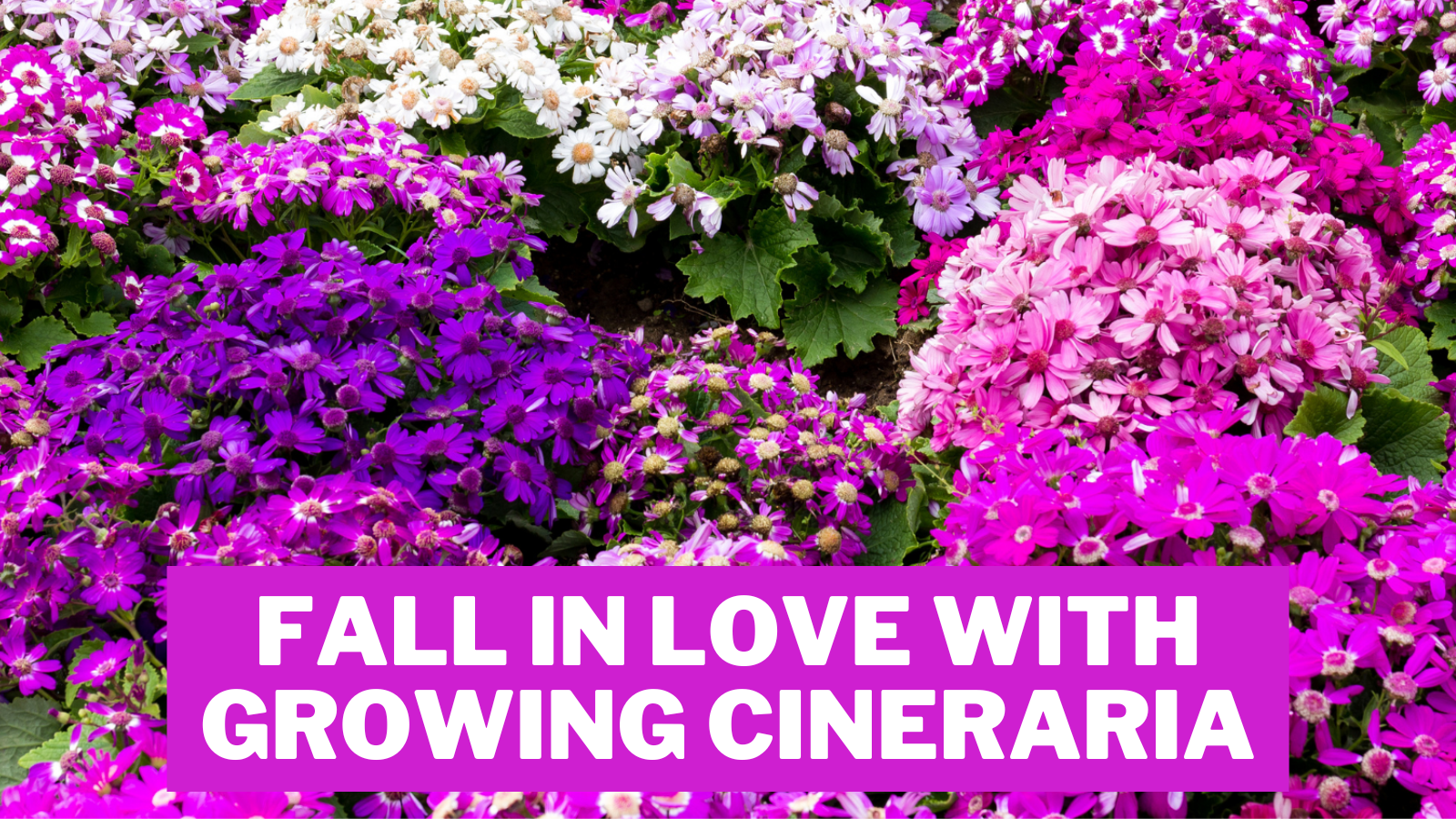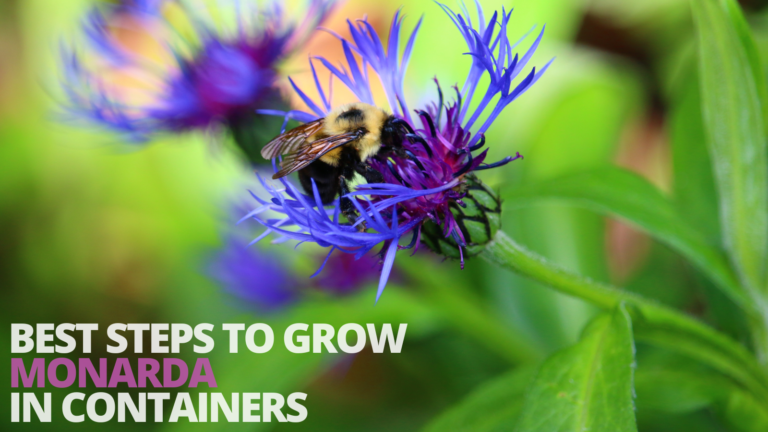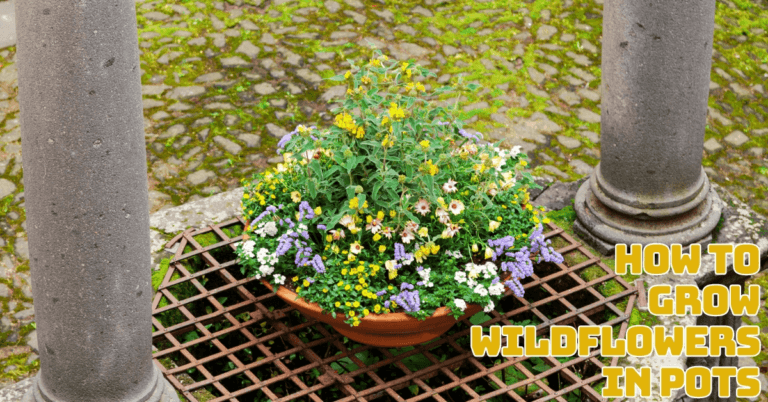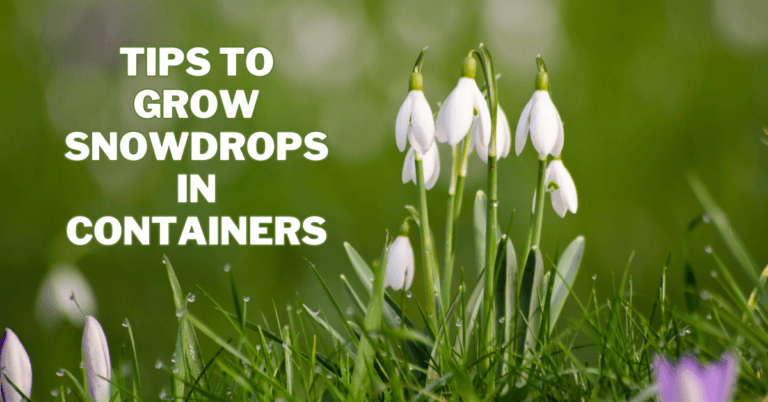Fall In Love With Growing Cineraria
Fall In Love With Growing Cineraria
The Cineraria plants are also called common ragweed. They are lovely and diverse colour flowering plants or bushes.
They are very interesting looking, and you are not alone in your desire to grow and care for Cineraria plants.
Cineraria plants, for the uninitiated, are lovely, sensitive perennial plants that produce beautiful flowers.
The blossoms of these plants are frequently very similar to those of the daisy, which makes them stand out.
Cineraria plants are native to the Canary Islands and have greyish-green foliage. Since this grey characteristic was thought undesirable, various Cineraria hybrids, most of which had rich green leaves, were developed.
The Cineraria plant has a wide range of sizes depending on its size. While some are miniature, others can grow up to five feet tall.
These plants are usually short-lived, and because they are susceptible to frost, most owners toss them out once the flowers fade.
Cinerarias are relatively easy to care for in any case, and when done correctly, they can become one of the best houseplants.
We are growing some miniature Cineraria in pots, which we will move inside during winter. Our winters are cold.
It can go as far down as minus 40°C. Our cineraria look beautiful. We plant them in groups with different colours.
In this post, we'll go through these plants in depth, including watering instructions, sunlight requirements, soil requirements, and more.
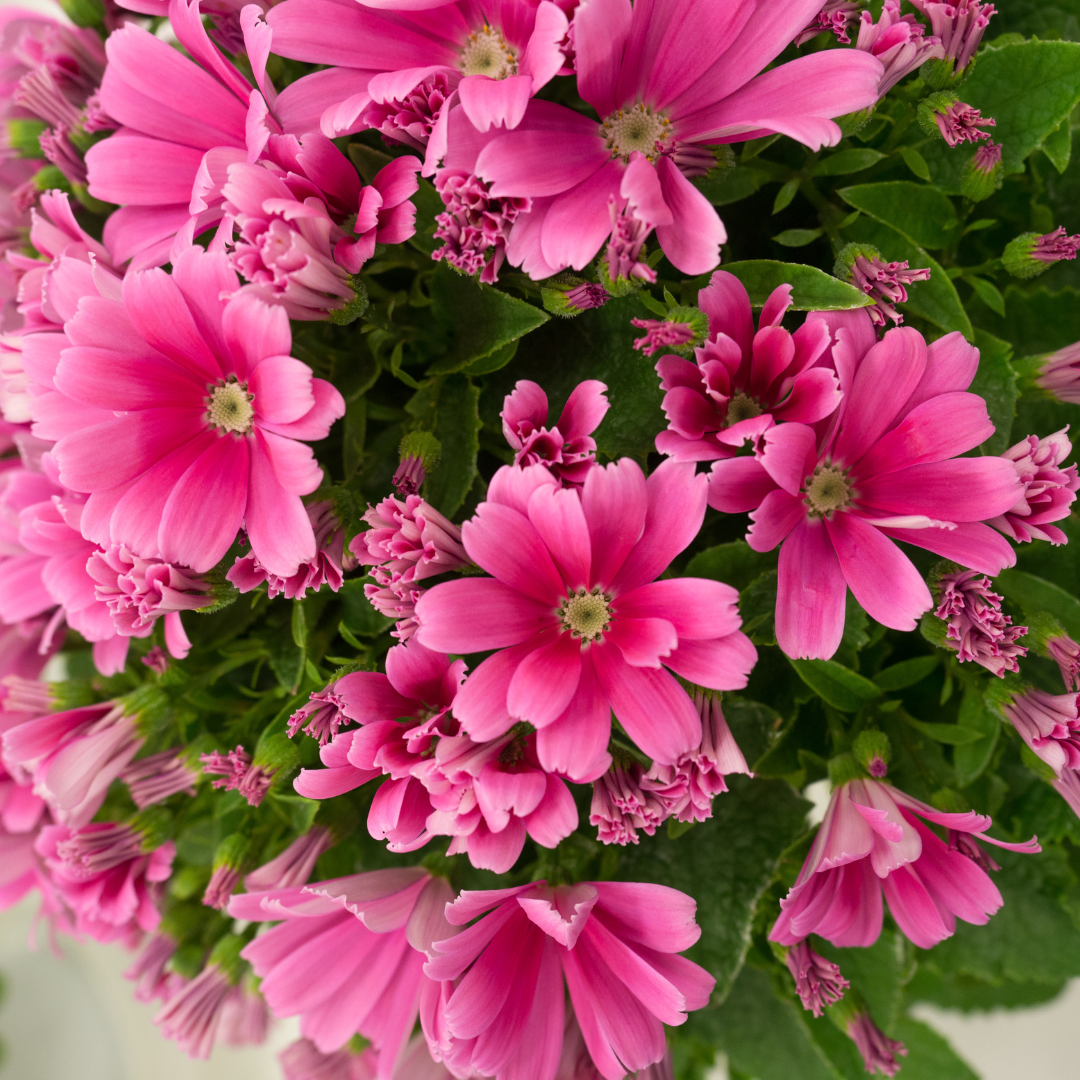
The Advantages Of Growing Cineraria
You will discover various cultivars in a dazzling display of colours because it's a horticultural favorite. They can be used in various ways as a showpiece or accent in your landscape.
Their vibrant colours are likely to draw everyone's attention. An island-dwelling plant, as you might assume, enjoys warmer, humid temperatures. This is true of a wide range of varieties.
You will find a wider variety of acceptable settings with greenhouse varieties. Some plants like to grow in shady areas. Living in the right hardiness zones, you can grow it as an annual or perennial.
Plants that can grow in a wider range of hardiness zones can be found among annual plants. Even if it's just for one season, cinerarias are simple to grow and have lovely flowers.
Types Of Cineraria
1. Pink Cineraria
The Pink Cineraria's botanical name is Pericallis x. hybrida. It is best for borders, containers, and pots.
Its origin is in South Africa. The plant loves the full sun in cooler climates or semi-shade in warmer weather.
Flowers: Pink & white, bicolor, 3 inches wide.
2. White Cineraria
The white cineraria have beautiful flowers. Its botanical name is Pericallis hybrida, and it originates in the Canary Islands.
Flowers: White, tiny, 1.5 inches wide, clustered, good for borders.
3. Purple Cineraria
Purple cineraria are one of our favourite species. Its Botanical name is Pericallis hybrida. Origin in the Canary Islands. Best for Borders, containers, and pots.
4. Common Cineraria
Its Botanical name is Pericallis hybrida.
Flowers: Magenta, pink, blue, white, lavender. Origin in: Canary Islands.
Tips For Growing Cineraria
Tip #1: Time To Plant
Before we look at how to care for Cineraria plants and how to grow them, remember that they are seasonal flowering plants.
The daisy-like flowers of the plant were forced to blossom at the greenhouse in most houses, and once they had “served” their purpose, they were removed.
Cineraria plants produce flowers reaching five feet from early spring to summer. Taking care of a plant from seed to full maturity is difficult, especially in the confines of a living room.
These plants don't need to be groomed or have their stems clipped. However, wilted blossoms and leaves should be removed as soon as they develop.
Tip #2: Soil Requirements
Cineraria plants require a balanced soil condition that is well-draining and can retain some moisture.
Rich soil with high organic matter, such as compost, will perform best because it drains easily while keeping a considerable amount of moisture and holding it around the plant's roots.
The type of soil in which you grow your cineraria will have a significant impact on your ability to meet its water requirements.
A heavy, poorly draining soil will normally encircle the plant's roots with too much moisture, resulting in root rot, whereas a gritty, fast-draining soil will not give the roots the time to absorb enough water, resulting in roots drying out.
Although the plant prefers somewhat acidic soil, it will thrive in well-draining, fertile soil.
Tip #3: Sunlight Requirements
If you keep your Cineraria plant outside, make sure it gets some shade, either partial or complete.
While most flowering plants do not love to be in the shade, the Cineraria plant is an exception, as it demands a lot.
You can enjoy these colourful flowers much longer by maintaining the plant in a shadier area of your garden.
This location will also be perfectly brightened with the plant's beautiful blooms. While the plant loves to be in the shadow, it can tolerate moderate sunlight. However, this is best done in the mornings when the sun's rays aren't as strong.
You can move it back to a partially or completely shaded spot in the afternoons, which is ideal for the plant.
This is the nice part about growing the Cineraria plants in pots. You can move them from the sunny spots into the shade.
If you're keeping this plant as a houseplant, ensure it gets enough indirect light. This is an excellent location.
The Cineraria plant does not require a lot of light to thrive in your space. If you keep it as a houseplant, it will struggle to live in the shadow. So, if you're considering getting this plant, the best option is to keep it outside.
Tip #4: Temperature And Humidity
Cineraria is fickle when it comes to temperature. Ideal temperatures are between 50 and 65 degrees Fahrenheit.
The plants will die if the temperature drops below 35°F at night and stop blooming if the temperature rises below 80°F.
In the summer, keep cineraria plants in the shade; on particularly hot days, it may be essential to bring potted plants inside.
Cineraria plants prefer a chilly atmosphere when planted indoors; they will bloom for longer with daytime temperatures of approximately 65°F and nighttime temperatures of 50° to 55°F.
These flowers flourish in a humid but not quite tropical environment. You can approximate the climate needs of this plant by keeping the soil around it continuously moist, even if your region is not consistently humid.
However, ensure the ground isn't excessively wet, which can lead to root rot. A pebble tray is the greatest technique to supply this humidity for indoor and outdoor crops. Place a low dish or tray beneath the container and cover it with a layer of pebbles or pea gravel.
Keep the container filled with water until it reaches a depth of 1/2 inch (that may mean refreshing it daily if your house has dry air).
A uniformly humid environment will develop around the plant as the water evaporates. Misting is not advised since it may cause the flower petals to get overwhelmed.
Tip #5: Cineraria Plant Purchasing Guidelines
There are some specific guidelines for buying Ceraria plants:
- Always inspect the leaves when purchasing a Cineraria plant that has previously been potted. Make sure they're luscious and juicy.
- You should also look to see if the plant has already bloomed.
- Because more flowers are considered better, in this case, it is strongly advised to check the number of flowers before purchasing.
- The buds should be the next item you look for after the blooms. Make sure the plant has a lot of buds, as this will make it easier to manage, and you can enjoy your flowers a lot longer.
So, what are you waiting for now that you know everything there is to know about the Cineraria plant?
Get these lovely small houseplants as soon as possible to dress up your balcony or patio how you want it!
Tip #6: Propagating Cineraria
Cineraria is normally reproduced from seed, although stem cuttings taken in the fall can be used to create new plants for indoor winter growing:
- Remove a 4- to 6-inch stem tip, ideally without flowers, from the stem. All except the top leaves should be removed.
- After dipping it in rooting hormone, plant the cut end in a small container filled with standard potting soil.
- Wet the soil and place the planted cutting in a large plastic bag. Make sure the plastic does not come into contact with the leaves.
Place the cuttings in a cool area with plenty of indirect light. Check the cuttings regularly to see if roots have formed (tug on the stem; a rooted cutting will feel resistance).
Remove the plastic bag once roots have grown and continue cultivating the cutting in a cool environment with good light but out of direct sunlight. The new plant should flower in about three months if propagated this way.
Tip #7: Propagating Cineraria From Seed
Cineraria is typically produced by seed in the commercial trades as a cut flower. Lightly push the seeds into the soil in tiny pots or flat trays containing retail seed-starter mix. Don't cover them because they need sunshine to germinate.
Keep the seeds wet. Germination takes 14 to 21 days on average. Seedlings can be transplanted into individual pots when they acquire genuine leaves and continue to grow. After seed germination, the plants will bloom 16 to 18 weeks later.
These plants will easily reseed and colonize if cultivated as garden perennials. Deadhead the blossoms before the seeds mature if you want to avoid this.
Tip #8: Fertilizer
Feed cineraria plants every two weeks with a half-strength balanced fertilizer, starting when flower buds develop. These plants have a continuous appetite but don't want to suffocate by fertilizer.
Tip #9: Repotting
Cineraria thrives in an ordinary commercial potting mix with a high peat content when planted in containers.
They love to be fairly root-bound for the optimum bloom, so tiny containers with good drainage are generally enough.
Cineraria are difficult to cultivate as houseplants because they require careful temperature (cool) and humidity control (high). Provide more light to indoor potted plants than is required for outdoor plants.
Tip #10: Pruning
Pruning isn't necessary for smaller cinerarias and houseplants. Before the growing season begins, cut outside garden cinerarias by one-third in late January.
If you want your plants to self-seed, don't deadhead the blossoms; let them wither and fall. On indoor potted plants, deadhead wilting blossoms.
Removing diseased blooms fosters the growth of new buds, which might help to extend the flowering season.
Tip #11: Overwintering
Cineraria plants are hesitant to blossom again after flowering. The plants are frequently removed from the garden once the flowering is finished.
If you reside in an area where cineraria can be cultivated as garden perennials, you should leave the plants alone so they can self-seed and produce new volunteer plants.
Tip #12: Flowering Time
The Cineraria plant starts to bloom as early as February. We live in a cold climate. Therefore, ours don't begin blooming until April or even May.
They blossom in a rainbow of colours. When fully bloomed, the flowers resemble single or double-form daisies.
Common Plant Pests, Diseases And Issues
Cineraria are susceptible to a variety of pests and diseases. Indoor plants are often more vulnerable than those in the garden.
Aphids, thrips, spider mites, whitefly, and leaf miners can eat Cineraria. A spray with horticultural oil, such as neem oil, or a chemical pesticide is the best therapy.
Powdery mildew, gray mould, crown or root fungal rot, and numerous plant viruses are some of the diseases that might affect your plants.
Many disease problems can be avoided by maintaining proper soil moisture and humidity levels, although severely damaged plants may need to be removed.
The most difficult aspect of cultivating cineraria is maintaining proper moisture levels. Too much water causes root or crown rot, while insufficient prevents the prolific blooming for which these plants are known.
They are also quite temperature sensitive, preferring wintery circumstances and often succumbing to overheating.
If you live in an extremely hot area, it's better not to plant cineraria at all, and very dry or rainy conditions are also hazardous.
Cineraria Flowers
Cineraria plants have flowers that look a lot like common daisies. With their huge foliage, they grow in high clusters on elongated stems. The flower will likely measure 5 inches or more if the Cineraria plant is larger.
Throughout the year, new types of these plants have emerged and are now available in practically every hue. You can get the following colours:
- Red
- Blue
- Magenta
- Violet
- Pink
- Purple
- And many different bi-colours are popular choices.
When it comes to dwarf species, they may be slightly smaller. They can bloom throughout the year in moderate areas. They only bloom throughout the summer.
Common FAQ
How Were Cineraria Developed?
Sunflowers, daisies, strawflowers, and ageratum are all Asteraceae (aster) family members, including these cheerful, bright, daisy-like flowers.
Horticulturists from the British Royal Gardens identified the parent species (Pericallis cruenta and P. lanata) blooming on chilly ocean rocks overlooking the Atlantic in the Azores and Canary Islands in 1777.
The hybrid cross of these two species has resulted in variants currently widely available in the market.
How Long Does The Cineraria Live?
Cineraria does not readily re-bloom after flowering, even when cultivated as a perennial in warm climates. Hence, this short-lived perennial is thrown away in most areas after flowering.
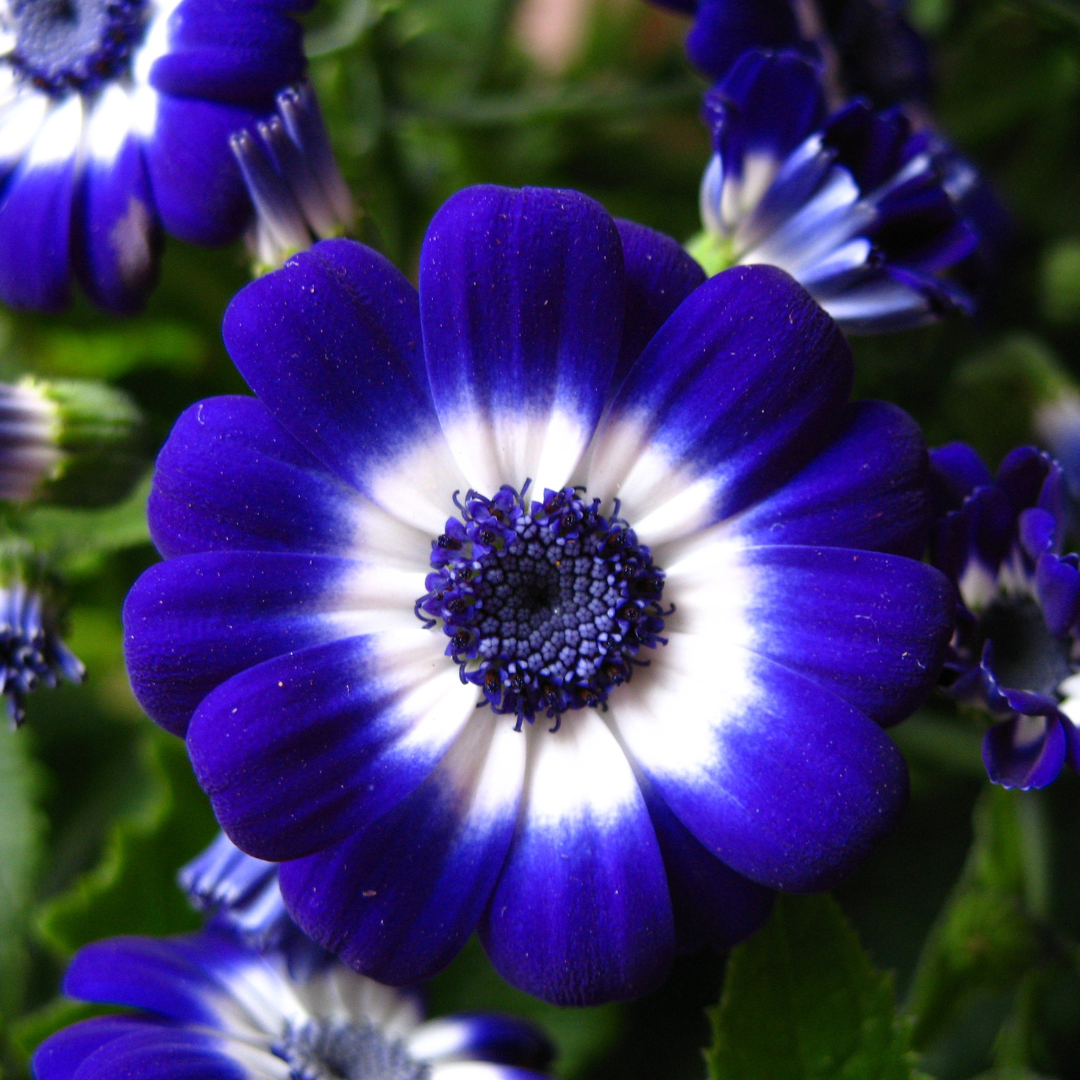
Conclusion
Flowers provide a soothing visual experience. They are devoid of both emotions and problems. Add the Lovely Cineraria flower plants to your home garden. These plants look best in groups of the same or different colours.
You can plant the taller versions of Cineraria in the middle of a wide container and distribute the smaller plants around it. You will see this looks glamorous.
Last year, I experimented with planting tall grass in the middle and having blooming Cineraria around it. Our Cineraria pots looked stunning. Please feel free to contact me if you have any questions.
I trust you enjoyed this article on Fall In Love With Growing Cineraria. Please stay tuned for more blog posts to come shortly. Take care!
JeannetteZ
>>>Please click here to read my all-inclusive article about Container Gardening<<<
Are you interested in homegrown herbs and medicine? Please click here to find out more about it!
Your Opinion Is Important To Me
Thoughts? Ideas? Questions? I would love to hear from you. Please leave me your questions, experience, and remarks about this Fall In Love With Growing Cineraria article in the comments section below. You can also reach me by email at Jeannette@Close-To-Nature.org.
Disclosure
This post may contain affiliate links. I earn from qualifying purchases as an Amazon Associate and other affiliate programs. Please read my full affiliate disclosure.
You might also enjoy these blog posts:
9 Easy Steps Of Growing Chamomile In Pots
Steps Of Growing Calla Lilies In Containers
11 Steps Of Growing Apples In Containers
10 Easy Steps Of Growing Raspberries In Containers
Natural Remedies For Everyday Illnesses

